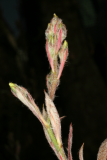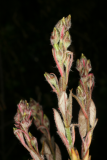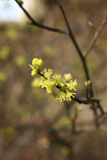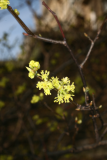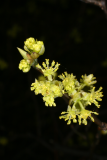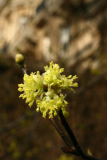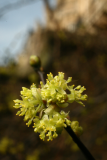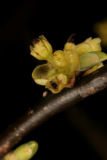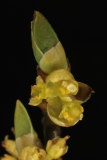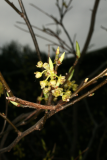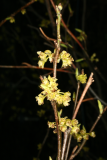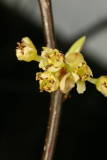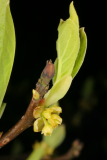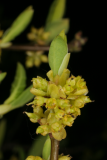Additional notes (click to expand)
Commemorative
The genus name of Lindera benzoin, the Spicebush, was created by Carl Peter Thunberg in 1783 after Johan Lindestolpe (1678–1724), Swedish botanist and physician, born Johan Linder, and incorrectly, also called Johann Linder. He was born in Karlstad in 1678 and died in Stockholm in
1724, the dates being those given by the National Library of Sweden and not 1676–1723 as given elsewhere. He studied at first in Åbo and Uppsala, then went abroad and entered (was matriculated at) the University of Harderwijk on 22 September 1706. His dissertation De foeda lue dicta venerea
(Thoughts about the infectious French disease, 1705) is the earliest explicit description of syphilis published in Sweden. He became a doctor of medicine there and published a dissertation in Leiden, Liber de venenis in genere ... (1708, concerning poison). From 1709–10, he served as a doctor in the Swedish navy’s Ingermanländ fl eet, following which he was in medical practice in Stockholm. In 1719, he was appointed an assessor in the medical school and ennobled, changing his name to Lindestolpe. He also wrote Tanckar och anmärckningar öfwer desze tijders pestilentia (1711); the Flora wiksbergensis (1716); Swenska färge-konst, med inlä ndske örter, ... och mineralier (1720); and Tanckar om skörbugg och rogfubben (1721); and much else on meteorology, geology and
medicine. His fi rst marriage was to Anna Margareta Örn, and his second in 1720 to Lady (baroness) Eva Christina Cronhielm. They had no surviving children.
Oakeley, Dr. Henry. (2012). Doctors in the Medicinal Garden. Plants named after physicians. Royal College of Physicians. page 99
link
Horticulture
Lindera benzoin in the family Lauraceae is native to the wooded slopes and streams of south-east
Canada and eastern USA. A hardy, deciduous shrub, its greenish-yellow flowers appear on bare branches in spring followed by aromatic leaves, bright-red fruit and yellow autumn colour. It prefers moist, acidic soil so is mulched annually with leaf mould and fed with a seaweed-based fertiliser during the growing season. We prune it in spring only to remove dead and damaged wood, but it can be cut back hard to the base if necessary.(Clare Beacham)
Oakeley, Dr. Henry. (2012). Doctors in the Medicinal Garden. Plants named after physicians. Royal College of Physicians.
link
Medicinal
Lindera benzoin is known as Spicebush because it was used for flavouring strongtasting meats by the North American Cherokee and Ojibwa. Medicinally it was used for a wide variety of conditions, for which it is unlikely to have had any effect. The Cherokee used it for blood disorders (although it is impossible to know what was meant by this), female problems, colds, croup, measles and tuberculosis. The Mohegans used it to kill intestinal worms (Austin, 2004).
Oakeley, Dr. Henry. (2012). Doctors in the Medicinal Garden. Plants named after physicians. Royal College of Physicians.
link
Lindera benzoin
Family: LAURACEAEGenus: Lindera
Species: benzoin
Distribution summary: Northern America
Habit: Shrub
Hardiness: H5 - Hardy; cold winter
Garden status: Currently grown
Garden location: North America (A)
Reason for growing: Commemorative, medicinal
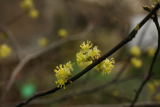
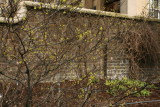
.JPG)
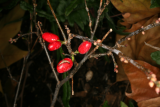
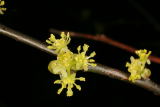
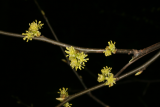

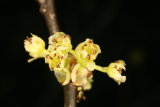
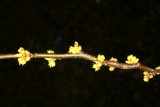
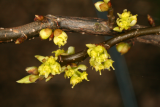
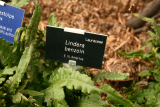
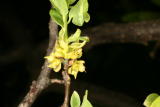
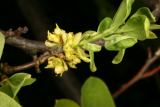
.JPG)
.JPG)
